ACityDiscount experts offer recommendation for various units
When gas-powered commercial cooking is not an option, U.S. restaurants lean on electric cooking equipment to fuel customer cravings-- from open pot deep fryers and steam tables to convection ovens. These units are often utilized side-by-side with other gas-fired cooking equipment. While electricity is utilized in many commercial kitchens, gas is still king of the foodservice industry. It’s still the best way to complete cooking applications such as boiling water and sautéing, which are tasks completed dozens, perhaps hundreds of times a week at busy restaurants.
In this article
- Our list of Gas vs. Electric cooking equipment recommendations
- Reasons why some restaurants are forced to cook with electricity – or close.
- Which is cheaper to operate in restaurant: Gas or Electric?
RANGES
ACityDiscount expert says: GO GAS
Why: In the commercial kitchen, speed is everything. The extra minutes it takes to boil water or sauté without heat on the side of the pan is invaluable.
If you go electric: Also purchase a Single Burner Electric Stock Pot Range
Watch video of 1 gallon of water boil on electric range.
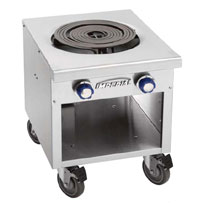
DEEP FRYERS
ACityDiscount expert says: GO ELECTRIC
Why: Higher efficiency, lower energy costs and oil savings.
If you go electric: Limit the amount of high sediment product (bone-in chicken, etc.) this unit handles or incorporate regular filtration. Why? Electric fryers typically have smaller cold zones than gas (tube) fryers, making it harder to handle particles that separate from freshly-battered or heavily-breaded product.
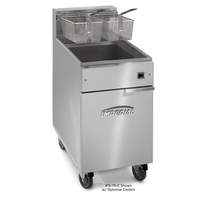
CONVECTION OVENS
ACityDiscount expert says: GO ELECTRIC
Why: Keeps more accurate temperature which is vital in baking.
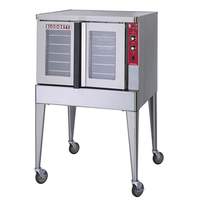
GRIDDLES
ACityDiscount expert says: TOSS UP
Why: Both units tend to reach hot temperatures fast, have cold zones and recover quickly.
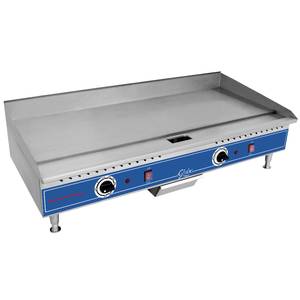
CHARBROILERS
ACityDiscount expert says: GO GAS
Why: More power and of course, the flames!
If you go electric: This unit can put sear marks on steaks, burgers, etc., but it can’t mimic the gas unit’s flames. Smaller electric charbroilers are good fits for some food trucks.
Why: Both units tend to reach hot temperatures fast, have cold zones and recover quickly.

STEAM TABLES
ACityDiscount expert says: GO ELECTRIC
Why: Electric steam tables are easier to place in the front of the house; gas units would need a gas line to run from the back of the house.

COMBI OVENS
ACityDiscount expert says: GO ELECTRIC
Why: Lower equipment costs without a significant drop in performance vs. gas units.
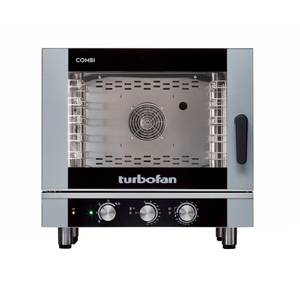
SALAMANDERS
ACityDiscount expert says: GO GAS
Why: The heat of the unit is at the top; heat distribution is much better with (gas) flames.

Reasons why some restaurants are forced to cook with electricity – or close their doors
More on this true-life scenario: In 2015, The Clam of New York City endured this restaurant nightmare. The local gas company did not turn gas back on until four months later. In the meantime, the restaurant survived with electric cooking equipment (and a smaller menu).
Which is cheaper to operate in restaurant: Gas or Electric?
In general, gas costs less than electric (prices vary state to state). The price, though, starts to even out when considering related costs. For example, a gas fryer disposes of extra heat through its flu which increases the temperature in the back of the house. This leads to increased energy costs (HVAC), often an overlooked expenditure. Another example of wasted gas energy occurs with idle temperatures on gas griddles, which also heat up commercial kitchens.
Gas vs. Electric questions? Give ACityDiscount a call at 404-752-6715 (ext. 2 for sales) or stop by our showroom in the Atlanta suburb of Norcross at 6286 Dawson Blvd, NE.

